Vipul
Variable Weights Neural Network For Diabetes Classification
Feb 22, 2021
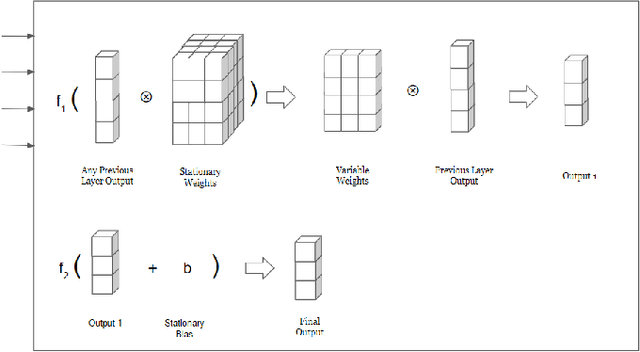

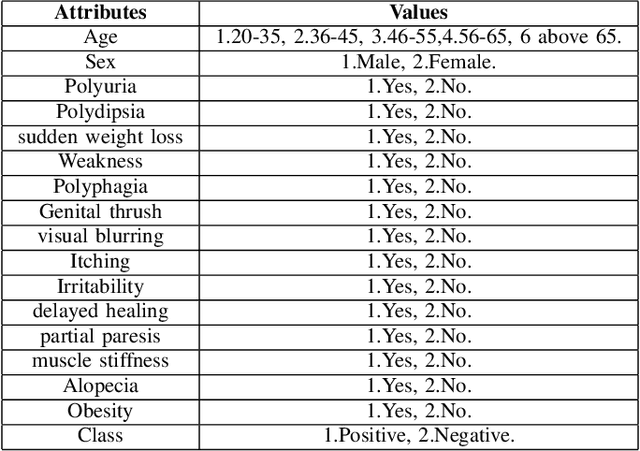
Abstract:As witnessed in the past year, where the world was brought to the ground by a pandemic, fighting Life-threatening diseases have found greater focus than ever. The first step in fighting a disease is to diagnose it at the right time. Diabetes has been affecting people for a long time and is growing among people faster than ever. The number of people who have Diabetes reached 422 million in 2018, as reported by WHO, and the global prevalence of diabetes among adults above the age of 18 has risen to 8.5%. Now Diabetes is a disease that shows no or very few symptoms among the people affected by it for a long time, and even in some cases, people realize they have it when they have lost any chance of controlling it. So getting Diabetes diagnosed at an early stage can make a huge difference in how one can approach curing it. Moving in this direction in this paper, we have designed a liquid machine learning approach to detect Diabetes with no cost using deep learning. In this work, we have used a dataset of 520 instances. Our approach shows a significant improvement in the previous state-of-the-art results. Its power to generalize well on small dataset deals with the critical problem of lesser data in medical sciences.
Visual Relationship Detection using Scene Graphs: A Survey
May 16, 2020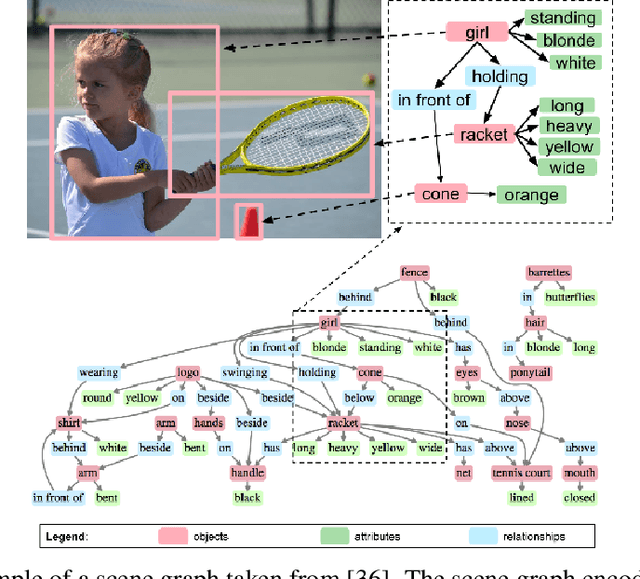
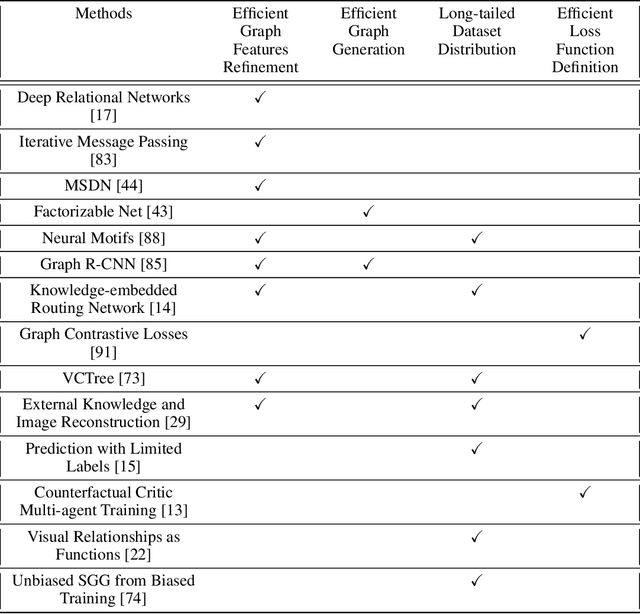
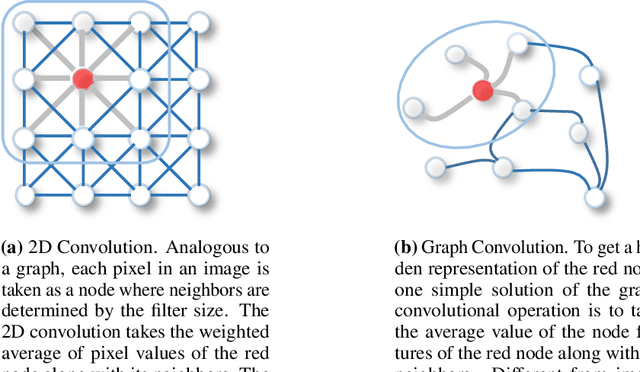
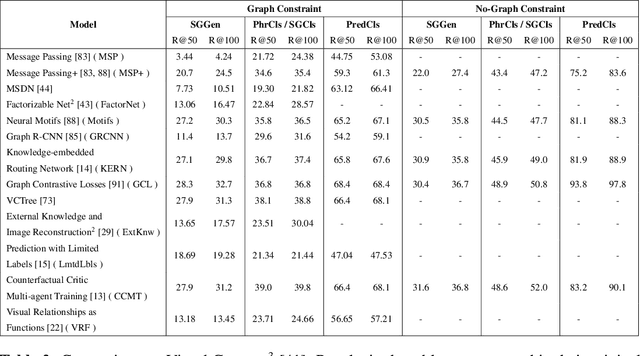
Abstract:Understanding a scene by decoding the visual relationships depicted in an image has been a long studied problem. While the recent advances in deep learning and the usage of deep neural networks have achieved near human accuracy on many tasks, there still exists a pretty big gap between human and machine level performance when it comes to various visual relationship detection tasks. Developing on earlier tasks like object recognition, segmentation and captioning which focused on a relatively coarser image understanding, newer tasks have been introduced recently to deal with a finer level of image understanding. A Scene Graph is one such technique to better represent a scene and the various relationships present in it. With its wide number of applications in various tasks like Visual Question Answering, Semantic Image Retrieval, Image Generation, among many others, it has proved to be a useful tool for deeper and better visual relationship understanding. In this paper, we present a detailed survey on the various techniques for scene graph generation, their efficacy to represent visual relationships and how it has been used to solve various downstream tasks. We also attempt to analyze the various future directions in which the field might advance in the future. Being one of the first papers to give a detailed survey on this topic, we also hope to give a succinct introduction to scene graphs, and guide practitioners while developing approaches for their applications.
 Add to Chrome
Add to Chrome Add to Firefox
Add to Firefox Add to Edge
Add to Edge